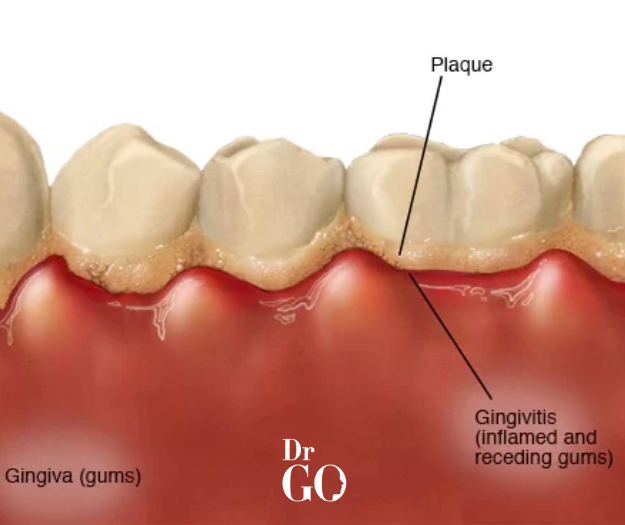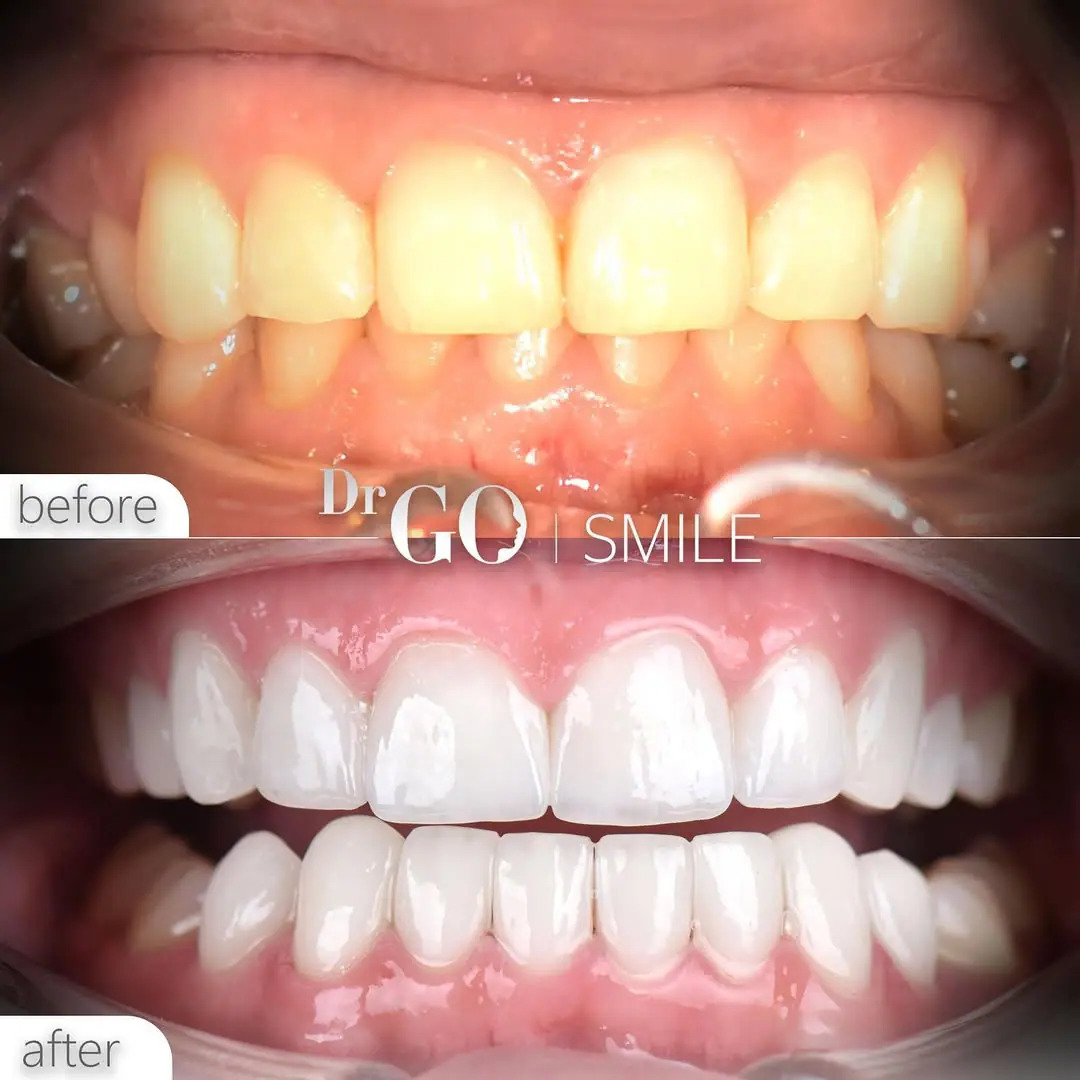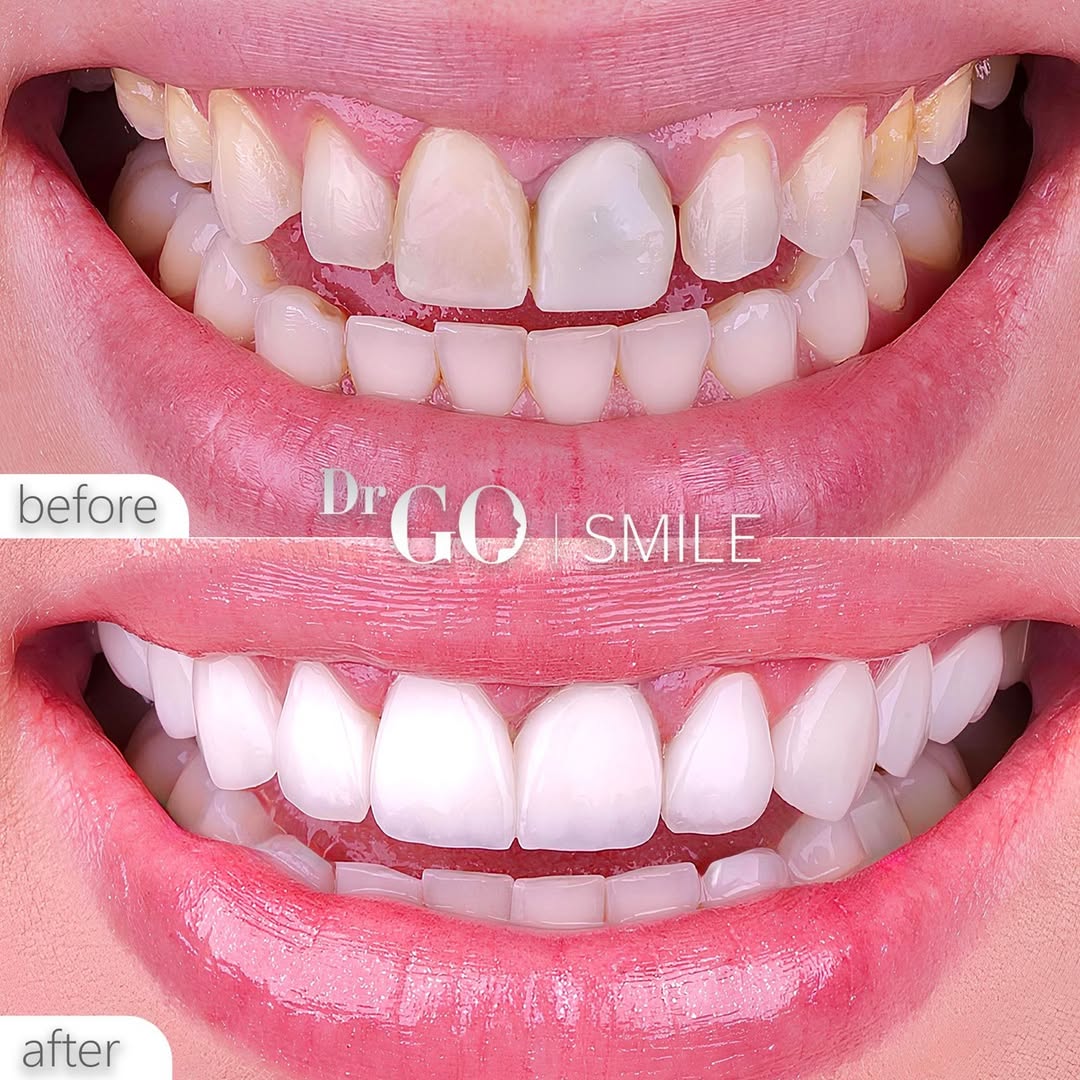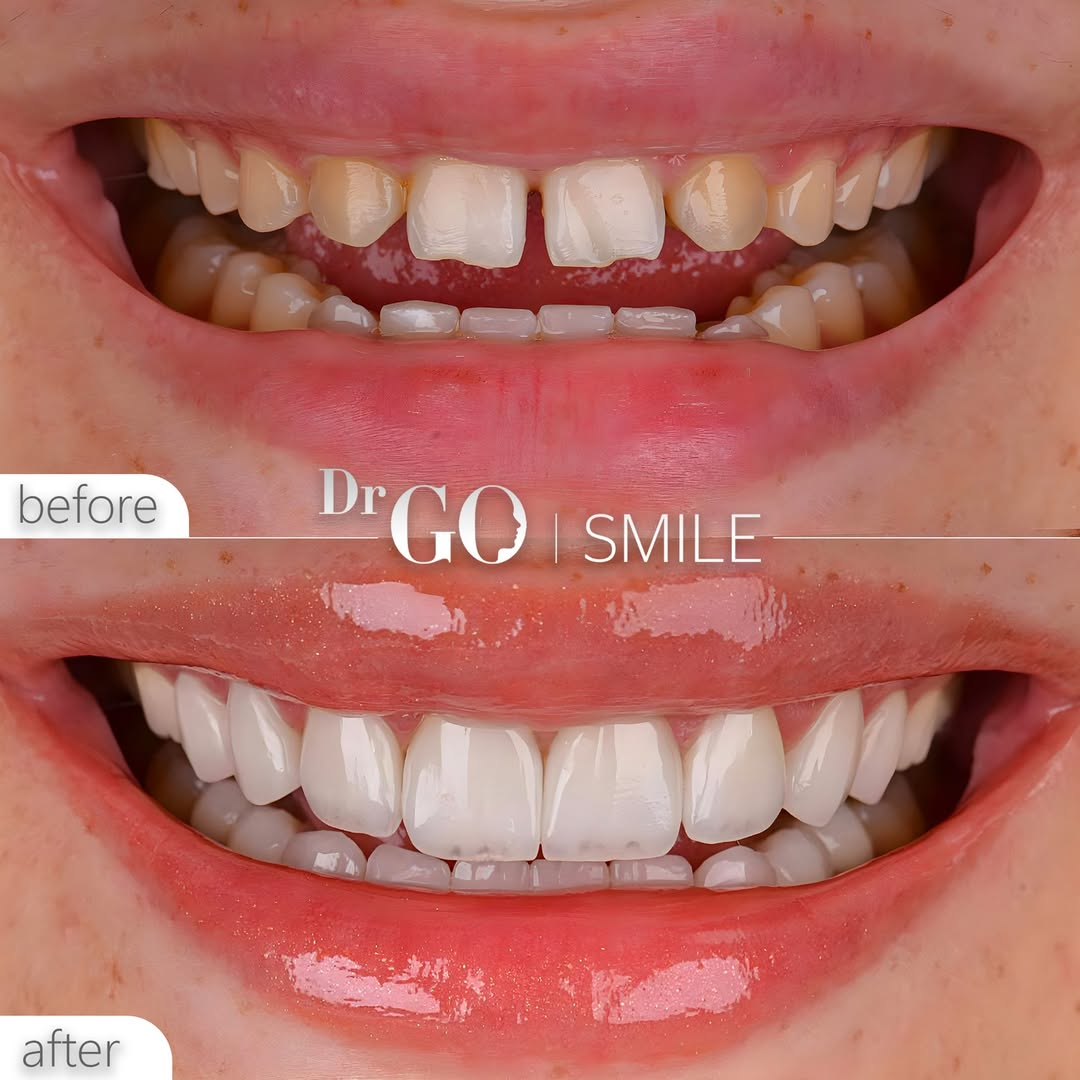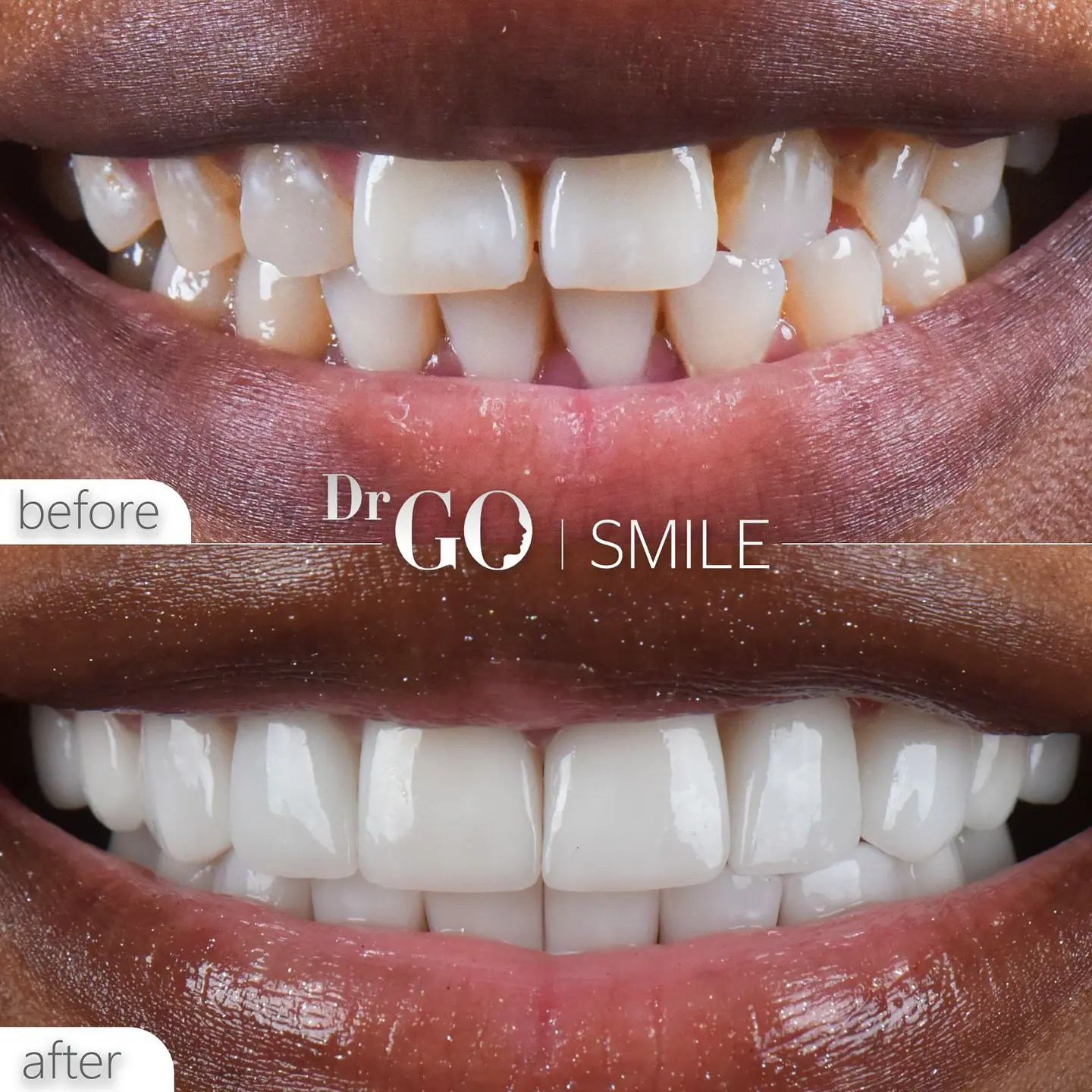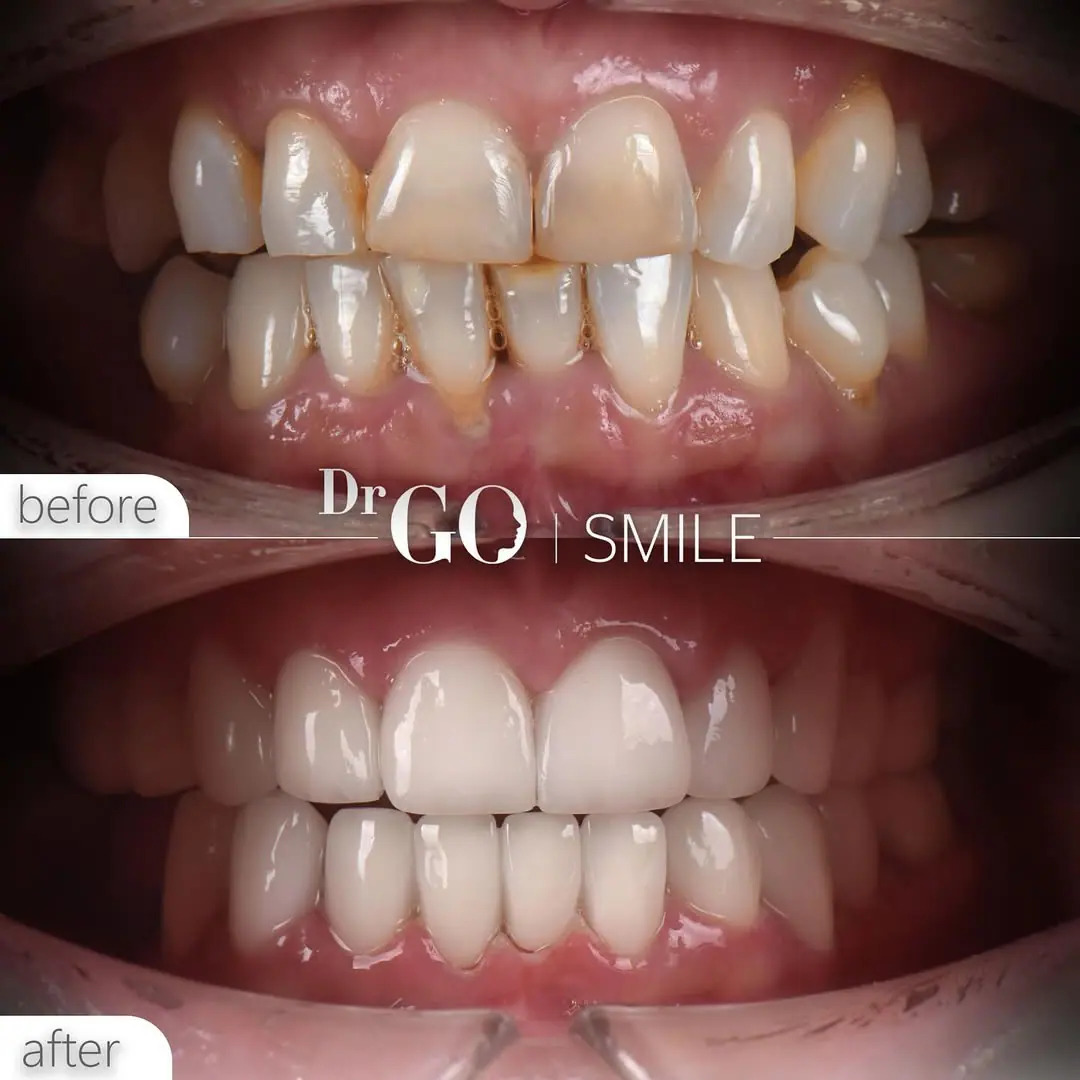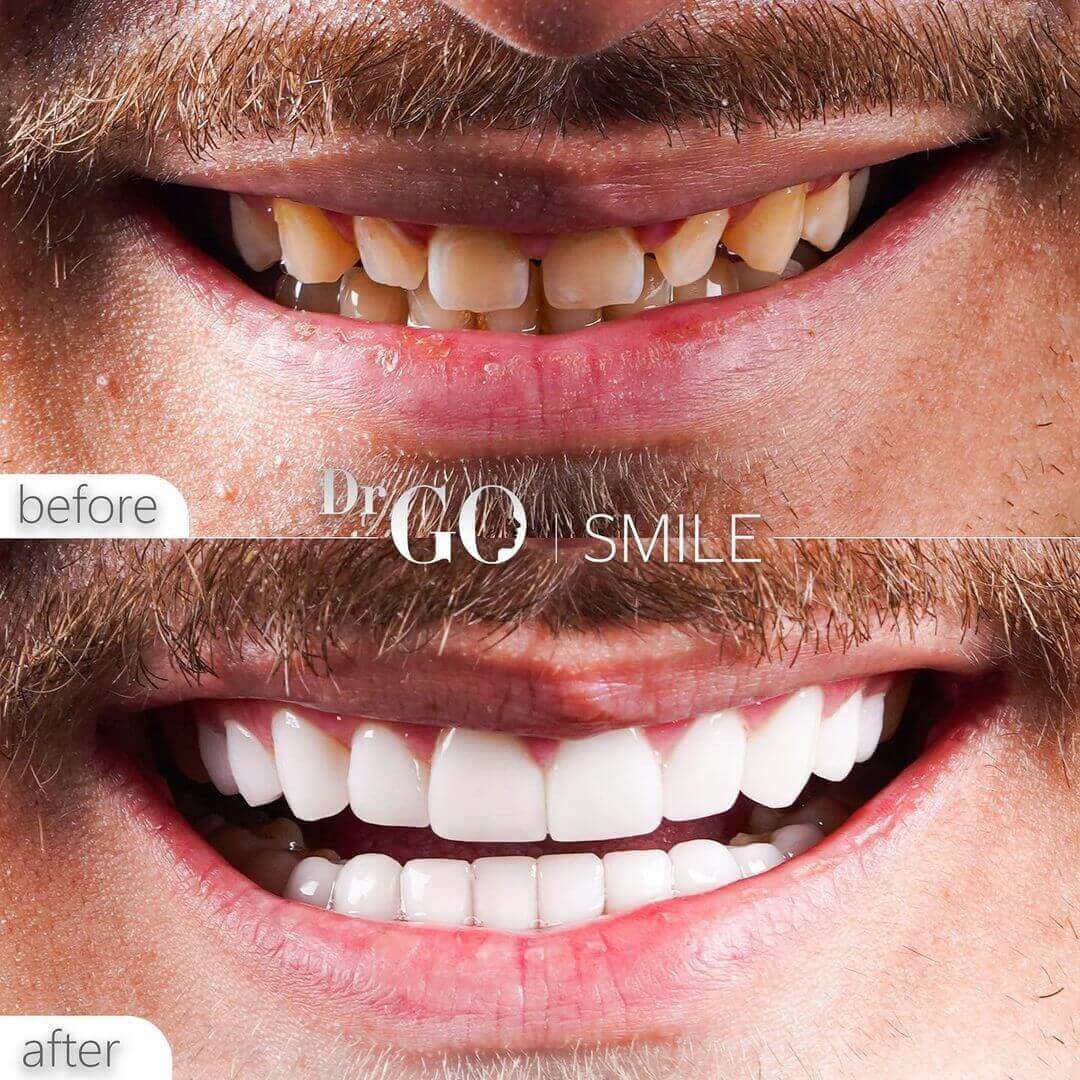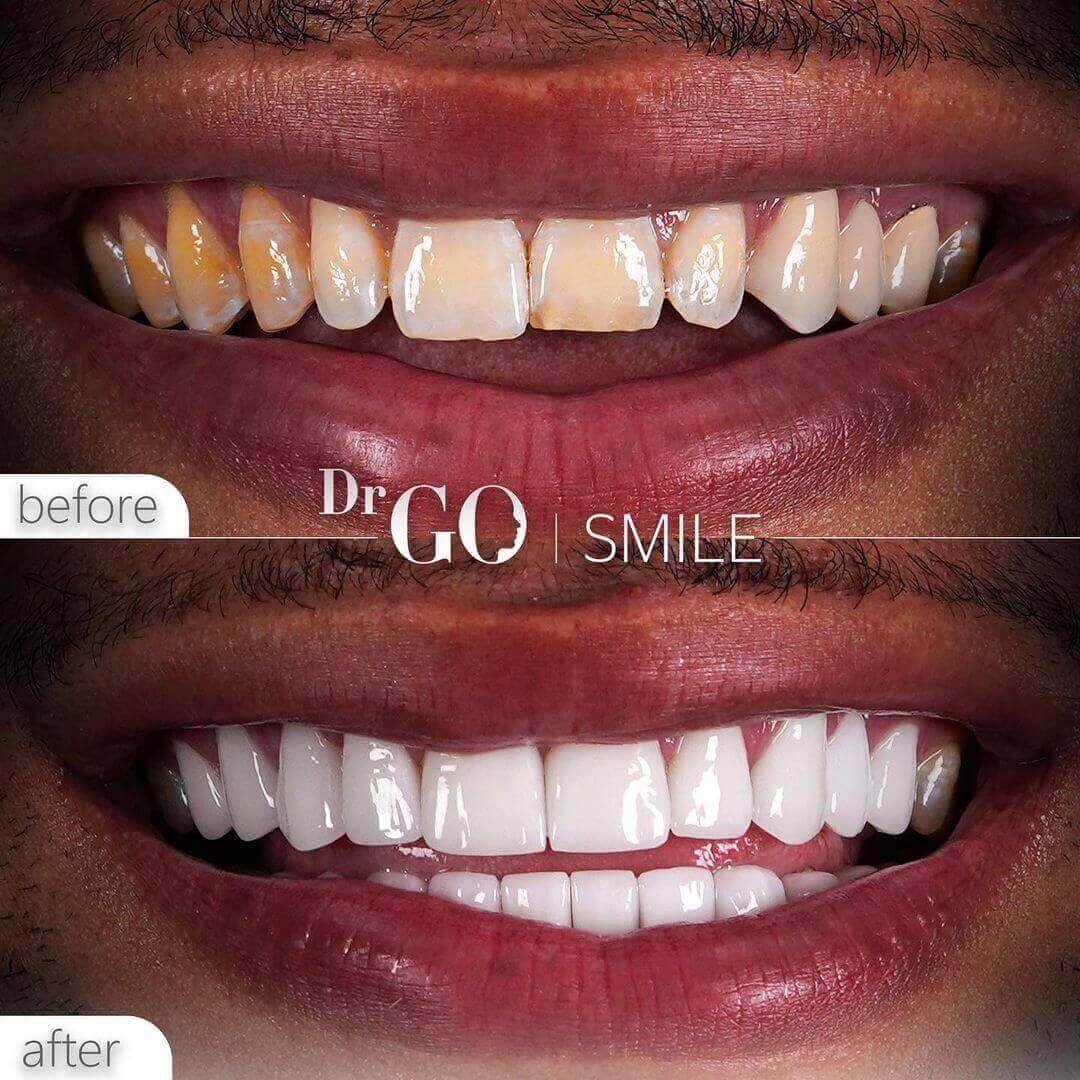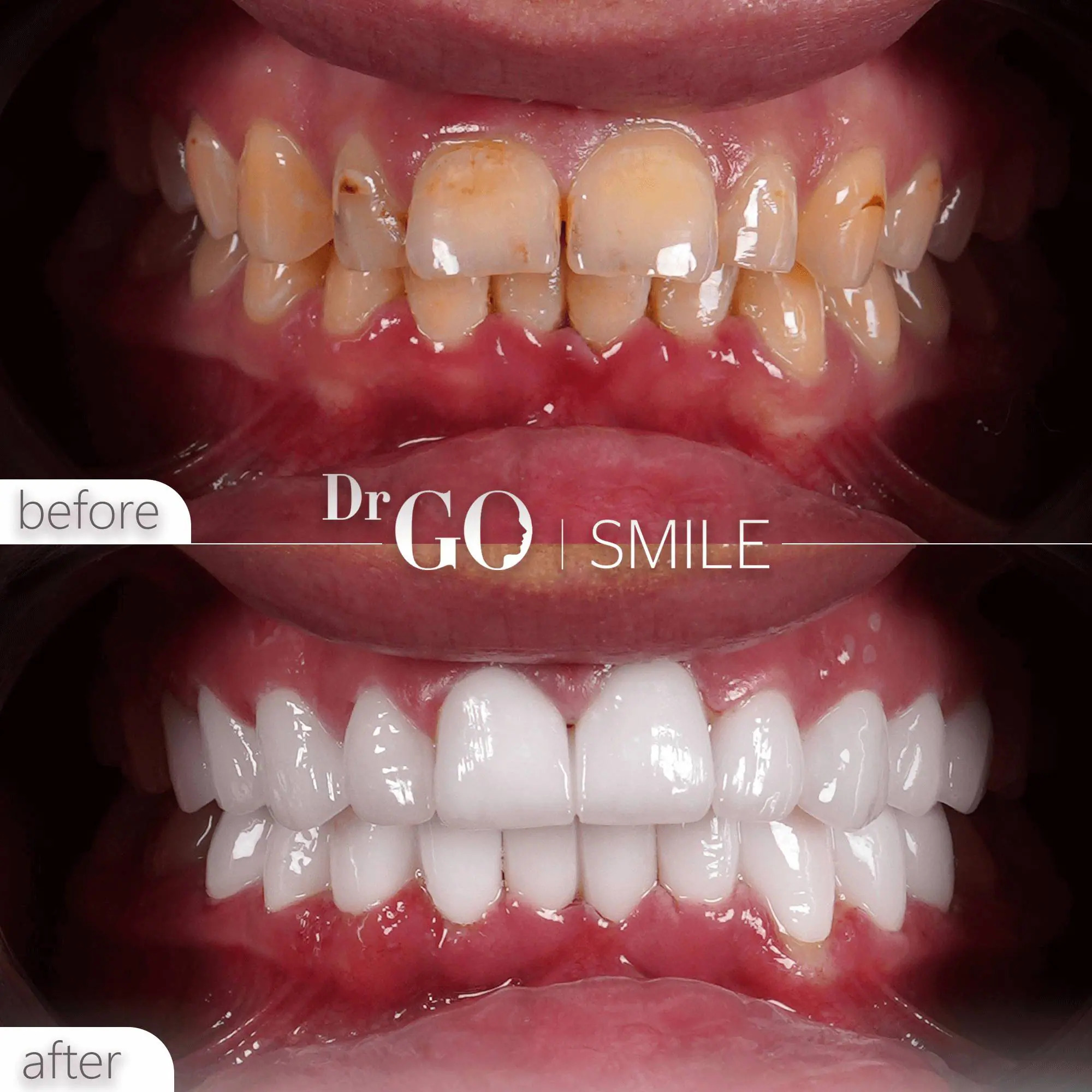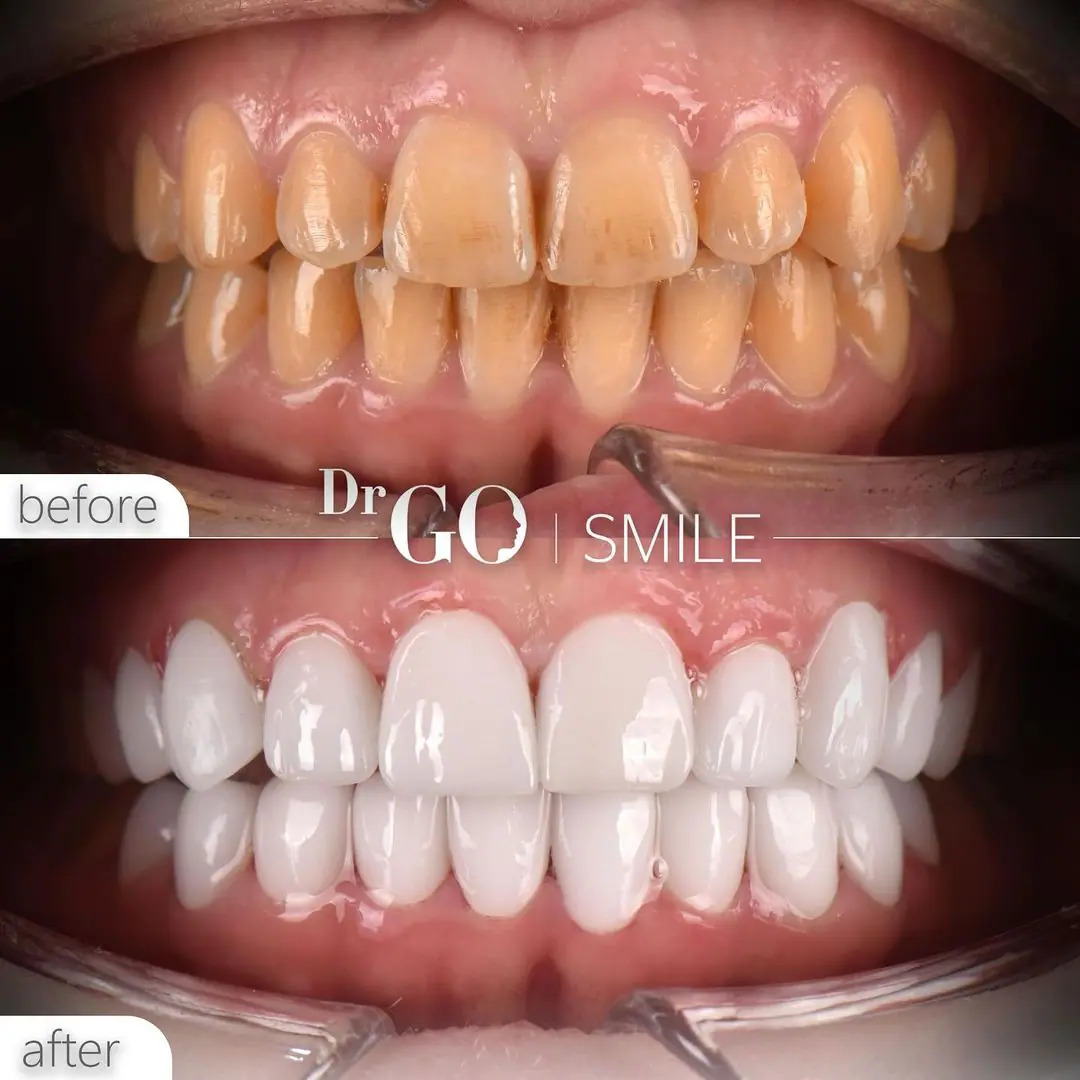What is Dental Plaque and How it Develops?
Dental plaque is one of the most important factors affecting oral health and a main cause of tooth decay and gum diseases. Although it generally goes unnoticed in everyday life, this oily film buildup on your teeth can cause significant oral health issues if left unchecked. Plaque is involved in the cause of cavities, gingivitis and periodontal disease so its control is extremely important to have a healthy mouth. In this post we dive into what dental plaque is, discuss how it develops in the mouth, and explain its impact on oral well-being based on studies and clinical practice.
What Is a Dental Plaque?
Dental plaque is a thin, soft film of bacteria that naturally forms on the surface of teeth. It is a mixture of naturally occurring bacteria in the mouth, food residue and proteins of saliva. When plaque is not removed often enough by brushing and flossing, it hardens into tartar, which only a dental professional can take away.
Plaque is more than just a cosmetic issue; it’s a biological problem that can cause gum swelling, cavities and worse. Dental plaque control is a vital aspect in preventive dentistry.
Composition of Dental Plaque
Dental plaque is mainly composed of three parts:
Bacteria: Various species such as Streptococcus mutans are known to form plaque, which lies on teeth and starts the development of plaque.
Food bits: Sugary or starchy bits of food can at the same time feed bacteria and promote plaque.
Salivary Proteins: It is the proteins in saliva that enable bacteria to adhere to enamel and plaque starts so forming.
How Does Dental Plaque Form?
The process of plaque formation is a dynamic and multi-step process that occurs naturally every day:
Bacteria Formation: Bacteria in your mouth sticks to the teeth and multiplies.
Food Debris: Bacteria are fed by sugary and starchy foods so more plaque develops.
Development of Plaque: Bacteria and food particles unite to produce sticky, microbially active film.
Acid Productions: Bacteria in plaque break down plant starches and sugar from food, using it to produce acid that wears away at the enamel of your teeth and forms cavities.
Gingivitis: Accumulation of plaque in the areas around the gums can cause them to become red, swollen and bleed. Left untreated, this can advance to periodontitis, a severe gum infection that may cause tooth loss.
Plaque builds up more quickly in hard-to-clean spots including in back teeth, on the gumline and between teeth, underlining the importance of good oral hygiene.
Impact of Dental Plaque on Oral Health
Dental plaque can cause severe adverse effects to oral health:
Cavities: Acid from plaque bacteria dissolves the enamel of teeth and creates cavities.
Gum Disease: Inflamed, bleeding gums due to plaque buildup. If left untreated, gingivitis can turn into periodontitis.
Bad Breath: Bacteria in plaque lead to halitosis (bad breath).
Cosmetic Issues: Plaque may cause teeth to become yellow or develop surface stains that mar the beauty of your smile.
Prevention and Elimination of Oral Plaque
The control of plaque is crucial to maintaining healthy teeth and gums. Effective strategies include:
- Regular Brushing
Brushing up to twice daily with toothpaste containing fluoride is effective in removing plaque from the surfaces of teeth and helping enamel become stronger.
- Dental Floss and Interdental Cleaning
A toothbrush is not able to clean between the teeth completely. Dental floss to help clean between your teeth and like the mouth wash, reduce gum irritation and cavaties.
- Antiseptic Mouthwash
Antiseptic rinses cut down bacterial activity in the mouth and can also help prevent plaque.
- Professional Dental Cleaning
Regular cleanings by a dentist or dental hygienist will remove tartar and plaque buildup that your brush can’t. This professional cleaning is also a way of detecting oral health problems before they become more advanced.
- Healthy Diet
Avoiding sugar and stick foods will decrease the amount of plaque buildup. Fruits and vegetables, especially high-fiber ones that are also good for your overall health benefit your mouth, and it’s a natural way to clean the mouth.
Dental Plaque Formation in Children and Adults
Predisposition to calculus is present in child as well as adult patients due to the fact that plaque control can be the factor determining whether primary or permanent teeth will be healthy. Good brushing and flossing habits from the start – and less sugary snacking – can keep cavities, gum disease and tooth decay at bay.
The second most common dental problem among adults is loss of teeth from unrestricted plaque build-up, which can also create periodontitis. With regular dental visits and good home care, excellent oral health is achieved at any age.
Dental Plaque and Aesthetics
When plaque builds up, it can lead to teeth discoloration and stains. Plaque control is fundamental to an attractive smile. Even treatments guided to aesthetic modification, have lower performance if there is tooth surface covered by plaque like teeth whitening.
Conclusion
The dental plaque is a hidden but an important cause of oral diseases. Regular tooth brushing, flossing, mouthwashes containing antiseptic, professional cleanings help control plaque.
At DRGO Smile, we offer custom oral hygiene and nutritional guidance to ensure our patients keep their teeth and gums healthy while enjoying a beautiful, confident smile. The control of dental plaque is indeed vitally important for long-term oral health and a lovely smile.

